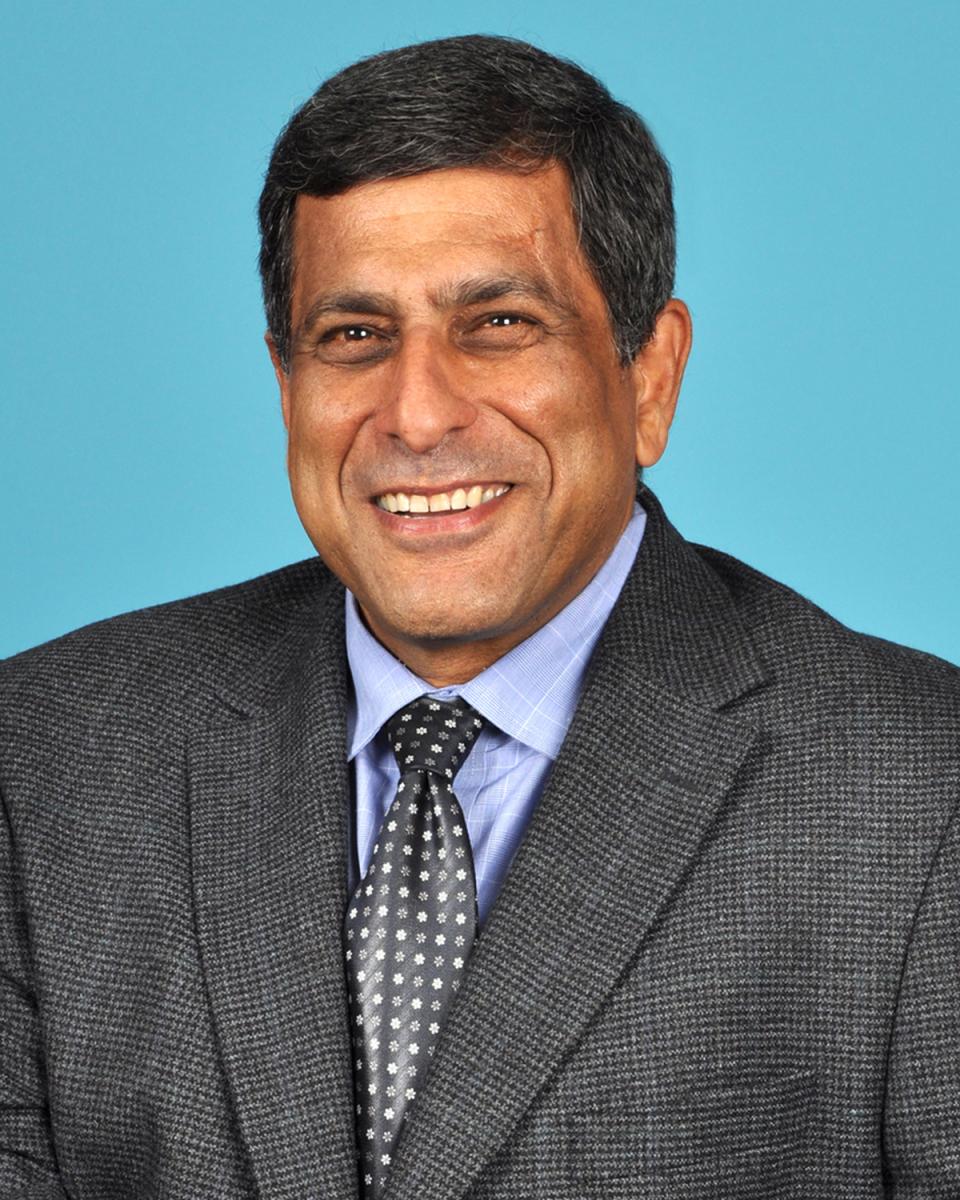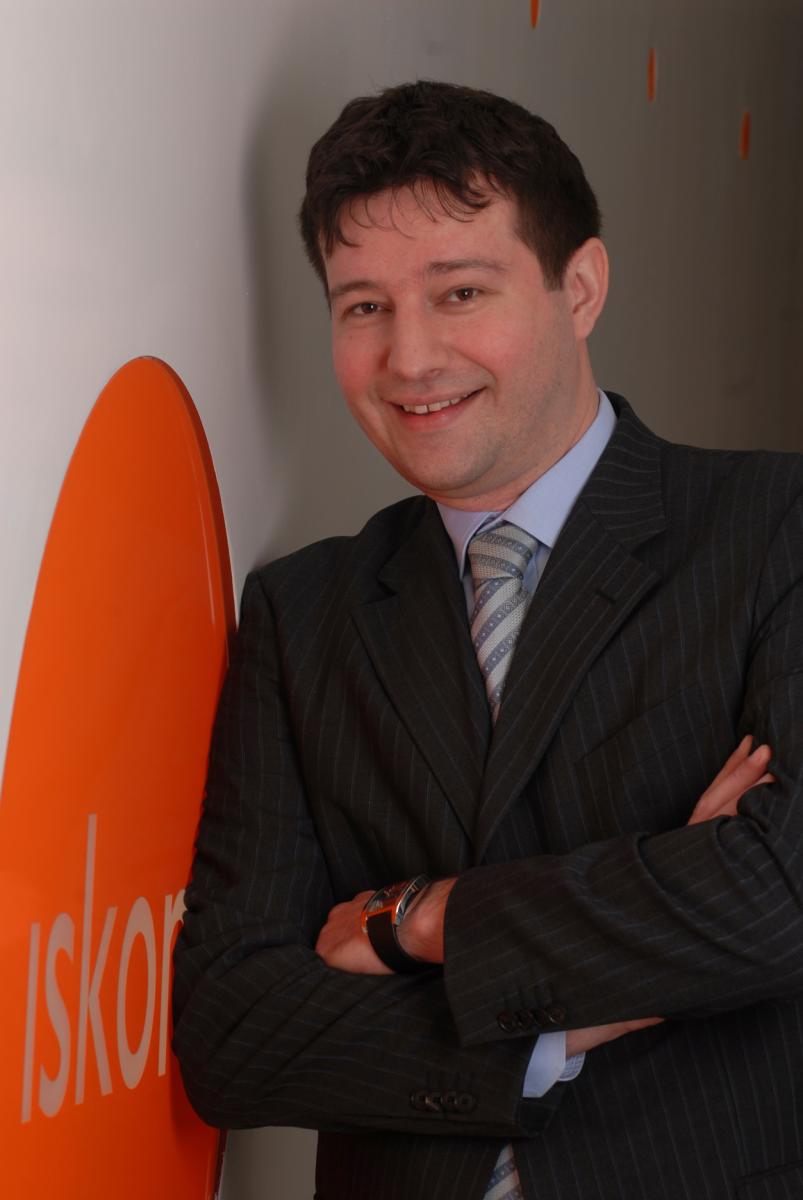You are here
Keynote Speakers
Diego Melpignano, STMicroelectronics
Topic
Moving forward towards a new class of integrated sensor applications: challenges and opportunities from an industrial perspective (click here to download slides)
Abstract
As sensor networks quantify every possible aspect of our lives, applications are appearing in many professional domains that transform this huge flow of data into meaningful information. Optimizing data collection, processing and user presentation is a challenge that is poised to get bigger and bigger as the number of connected objects grows. The presentation will focus on the following aspects: 1) new sensor technologies and increasing connectivity bandwidth demands, 2) distributed computing architecture as a means of handling scalability in large systems and 3) an industrial approach for improving time-to-market for this new class of sensor applications.
Speaker Biography
Diego Melpignano, STMicroelectronics research director, is currently responsible for Structural Health Monitoring R&D activities dealing with advanced sensors-centered embedded systems, wireless connectivity and cloud computing; earlier he has served as program manager of the Platform 2012 embedded multiprocessing 28nm chip design.
He graduated in Electronics Engineering at University of Padua in 1993. Author of several patents and scientific publications, he has joined ST in 2003 after 10 years in Philips Research. He has been a contributor to standardization activities (Bluetooth SIG and Khronos Group) and he has been technical manager of many EU funded research projects.
His research interests include wireless networking, embedded platforms software engineering and overall system scalability.
Thomas Leyrer, Texas Instruments
Topic
Industry 4.0: the paradigm shift in the production process
Enhanced machine connectivity combined with innovative sensing technologies (click here to download slides)
Industry 4.0: the paradigm shift in the production process
Enhanced machine connectivity combined with innovative sensing technologies (click here to download slides)
Abstract
The future of Smart systems after Smart Phones, Smart Grid and building automation is the Smart Factory. The radical change in Factory automation and process control is referred to as "The forth industrial revolution". An increasing number of sensors are used to measure and map the environment enabling machines to take their own decision independently of the central production control system. Cyber-Physical systems will soon interact with each other without human intervention by bringing together the virtual and the physical world. Precision, computing and reaction time are key to enable a more efficient production while ensuring safety compliance. The focus of the presentation is on industrial communication technologies for Industry 4.0 including communication towards material and product.
Speaker Biography
Thomas Leyrer is the leading System Architect for Industrial Communication at TI. He is responsible to develop system solutions for Industrial applications including Fieldbus and Industrial Ethernet on TI Analog and Embedded Processor products.
Thomas has more than 20 years experience with TI’s Semiconductor Group. He held several engineering and application manager positions for Computer, Automotive, Broadband Communication and Industrial Automation market. He is an advocate of Linux Open Source and system architect for industrial communication on ARM SoCs.
Thomas holds an Engineering degree in Electrical Engineering from FH Landshut.
Gordon Glusac, Director of Strategy and Business Development/Director of Proposition and Customer Value Management - Iskon Internet
Topic
"smart“ future for Telco business; planning future business models based on new services that Telco can offer in field of sensor applications.
"smart“ future for Telco business; planning future business models based on new services that Telco can offer in field of sensor applications.
Abstract
Telco providers have a perfect starting position for usage of sensor applications, already present with infrastructure in consumers’ home/business office/large companies we are able to offer a new range of services and create new consumer needs. Smart homes/Smart city/Internet of Things these are routes we see as a potential for new revenue stream by offering services that will help users save energy, feel safe, automatize homes, improve businesses, ect. We have the infrastructure knowhow but also we have an experience in crating customer needs by serving large scale markets. Rethinking Telco business strategy and fast market implementation will be the key to securing a “smart” Telco future.
Speaker Biography
Mr Glušac has acquired 15 years of experience in telco industry, but also in smaller telco startups, from incumbent to alternative scene. His professional progress covers miscellaneous areas from development of modern telecom operators to creation of Internet service provider strategies. He took part in the liberalization of the telecom market and acquired vast knowledge about consumer habits in both business and private sectors. Business development and strategy, product/process development and management as well as business intelligence are the areas that he specializes in.
A handful of projects are behind him. Today he performs the dual function as Director of Strategy and Business Development as well as Director of Proposition and Customer Value Management at Iskon Internet dd, the 2nd broadband operator in Croatia, which is part of the Deutsche Telekom Group.

Adi Bulsara, Space and Naval Warfare Systems Center Pacific
Topic:
Exploiting Cooperative Behavior in Coupled Nonlinear Dynamic Systems for Sensing Applications in the Presence of a Noise-Floor.
Abstract:
A large number of devices are underpinned by systems that are, inherently, nonlinear.Examples of these systems include magnetic field detectors underpinned by ferromagnetic cores that display a hysteretic input-output transfer characteristic due to the non-simultaneous motion (or slippage) of domain walls, cryogenic detectors e.g. the two-junction (or dc) Superconducting Quantum Interference Device (SQUID), as well as devices underpinned by electrically active materials with nonlinear transfer characteristics, and devices underpinned by ferroelastic materials. While quasi-linearization of the dynamics around an "operating point" is always possible, a good understanding of the system dynamics can allow one to produce novel solutions for reducing the noise-floor, reading out the sensor, etc.
In this lecture, we cover a particular class of nonlinear devices that have found utility in a variety of detection/transduction applications: the class of nonlinear devices that pass through a bifurcation, at a critical point, past which the dependent variable (e.g. the normalized magnetic flux in a SQUID) displays a characteristic (often) oscillatory behavior. The oscillations are non-sinusoidal, close to the critical point. Typically, such behavior occurs when the system consists of N>1 degree of freedom, and a control parameter can be adjusted to sweep the system through its critical point. Then, the effect of an external (target) signal on the oscillation characteristics can be used to detect/quantify the target signal. with the detector being particularly sensitive just past the critical point (i.e. in the low-frequency regime).
We focus on some particular aspects of this class of systems, using two specific systems (the dc SQUID, and a "coupled core" magnetometer consisting of N>3 electrically coupled wound ferromagnetic cores at room temperature) for illustrative purposes, although the analytic procedure can be applied to most devices that display this critical behavior. In particular, we demonstrate how the oscillation characteristics can be, analytically, quantified just past the critical point (the low frequency regime) and how the behavior in this regime can be, elegantly, mapped onto the dynamics of spiking neurons as understood in the theoretical neuroscience repertoire. We demonstrate further, with theoretical results as well as experiments, that an understanding of the system behavior in the oscillatory regime allows us to apply a form of "injection-locking" to lower the system noise-floor at all frequencies thereby making visible, low-frequency "target" signals that would, otherwise, be hard to detect.
Speaker Biography:
Dr. Bulsara received his PhD in Physics at the University of Texas at Austin in 1978. Currently, he is the US Navy’s SME (subject matter expert) in Nonlinear Dynamics and holds the position of Distinguished Scientist at The US Navy’s Space and Naval Warfare Systems Center (SPAWAR)–Pacific laboratory in San Diego.
He has managed a novel sensors program for the US govt. for 10 years, and is currently involved in the physics of a new paradigm for biomimetic nano sensors for magnetic field detection. He is an elected Fellow of the American Physical Society, with about 185 peer-reviewed articles in the physics and engineering literature. He is a reviewer of grant proposals for EPSRC-UK, and a reviewer for the journals Physical Review Letters, Physical Review, Physica, Physics Letters, IEEE Transactions, Science, and Nature.
He has ongoing research collaborations with, Univ. of California-Berkeley, Notre Dame Univ., San Diego State Univ., Warwick Univ.-UK, Univ. of Catania-Italy, Univ of Brescia-Italy, and Univ. of Perugia-Italy. He holds 15 patents, with another 8 patents currently under review


